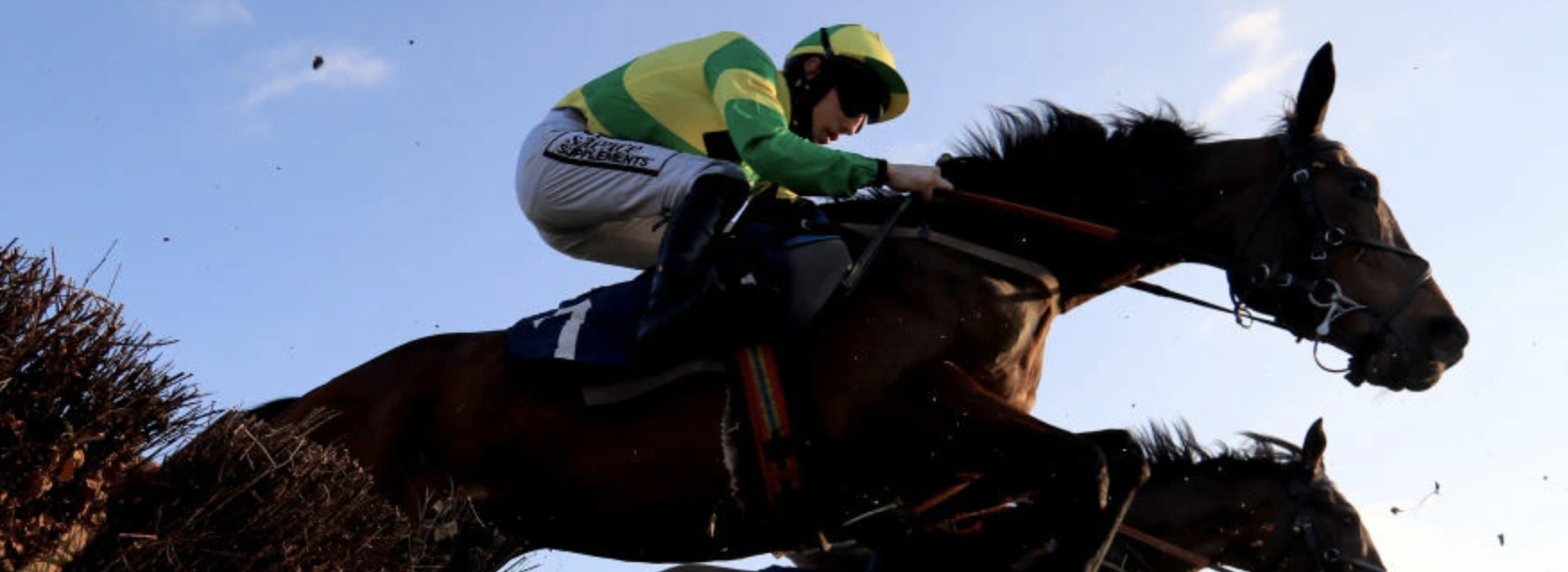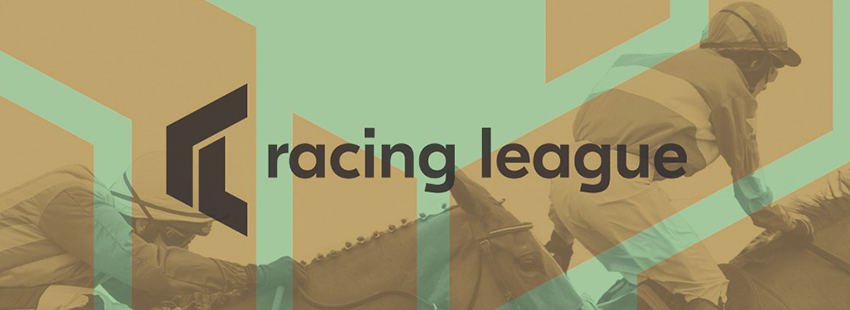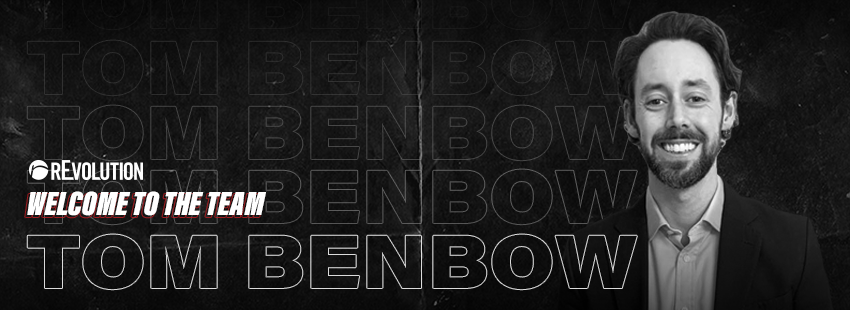It has been widely documented that British horseracing is facing financial challenges, and as with many sports, has suffered a heavy toll as a result of COVID-19. As Britain’s second biggest spectator sport, the exclusion of racegoers has come at a significant cost, with the British Horseracing Authority (BHA) estimating the bill to be around £300 million.
A review of the Betting Levy is seen as one way of addressing COVID-19-induced austerity, with suggestions that reform could increase annual revenues by £40 million. However, reliance on Levy income as the principal source of revenue does not provide long-term security, particularly with a review of gambling laws underway. It is crucial for authorities to consider the wider challenges linked to the sport’s ties to tradition and reluctance to embrace the future.
With 53 per cent of horseracing fans over 55 years of age[1], an obvious question must be how to attract a younger audience. Having seen how detrimental a lack of crowds can be, surely securing the next generation of fans must be a priority?
Racecourses have previously attempted to broaden the appeal of horseracing, tagging concerts on to race days or offering student discounts; however, while this may sell extra tickets at the time, it isn’t shaking up the fundamentals of the sport to enhance the racing experience itself and it therefore fails to provide a long-term solution.
Authorities must consider how racing is positioned to appeal to the next generation of millennials, and beyond that, Generation Z. Vast differences exist in the interests and media habits of over 55s and under 35s, for example, specifically within existing horseracing fans, only 33 per cent over 55s show an interest in the latest technology products, compared to 62 per cent of 18-34 year olds. Similar disparities appear when it comes to digitalisation, consumer behaviour and technological engagement. Consequently, what has worked in the past for the existing demographic of horseracing fan, will not have the same appeal to future audiences.
There is no better time for racing to address this issue. COVID-19 has already driven the sport to adapt and make changes, which will have long-term repercussions and benefits. The pandemic has provided the opportunity to reassess and streamline to become a more efficient business and within this introduce technological developments, for example a move to digital event entry and customer communication. As a sport, which has historically been reluctant to relinquish traditional procedures, it has been forced into embracing at least some modern techniques, and authorities should capitalise on this to push boundaries further.
Confidence can be taken from recent broadcast successes that there is consumer appetite for innovation. ITV Racing’s coverage, which has sought to demystify horseracing and make it more appealing to a wider audience, has seen significant increases in viewers during its tenure, including the younger generation, with 2020 ratings 45 per cent higher than in 2016 when Channel 4 last held the rights. Additionally, with almost five million viewers tuning in to watch the 2020 ‘Virtual’ Grand National, it’s clear that technological advancements and modern adaptations of the sport can work.
With acceptance of the need to revolutionise how horseracing is consumed and keep up with modern fans’ demands, there is huge potential for opportunity around digital activations and enhanced race day experiences. Consideration of wider digital trends can provide guidance and inspiration. For instance, it is well documented that the adoption of augmented reality (AR) can increase engagement with fans and attract new audiences, with many sporting entities, including Premier League rights holder, BT Sport, and NASCAR, making AR integral to their customer outreach strategies.
Within horseracing, this could be allowing viewers to place the live racecourse on a surface in front of them, as has been done within Formula 1; using smartphone-based headsets to bring a new dimension to data visualisation; or even an immersive racecourse experience allowing participants to view the live race as an overlay of previous years’ races for comparison. There is also the use of AR filters on social media to drive online engagement. Similarly, with 84 per cent of horseracing fans within the 18-34 age group interested in gaming1, this must also be seen as an avenue to pursue, as done by AS Roma sponsor, New Balance.
With cost, rather than tradition, the biggest barrier to action, the key will be to generate interest amongst potential sponsors by selling-in a picture of what could be possible, rather than dwelling on the past. If racing can secure the right brands, who will be able to implement targeted activations aimed at younger generations and attracting new audiences through enhanced experiences, commercial deals will not only provide funding for current stakeholders, but will be a catalyst for change that will benefit the sport for years to come.
[1] YouGov statistics February 2021
Written by Niki Ewan, Associate Director at rEvolution. Article can also be found in City AM



